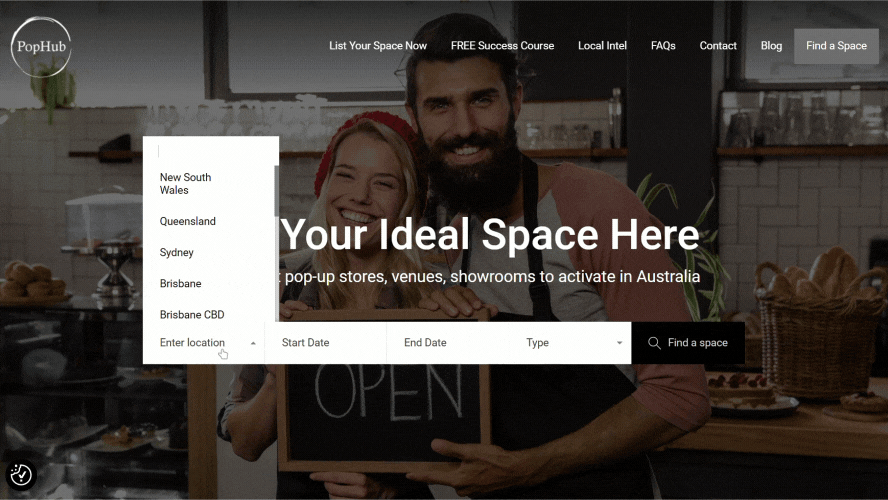
How Long Should Your Pop-Up Shop Last?
Pop-up shops are more than just temporary retail spaces — they’re strategic tools for testing products, building buzz, and creating memorable brand experiences. But one of the most important decisions when planning a pop-up is how long it should run. A day? A weekend? A month?
The answer isn’t one-size-fits-all. The right timeline depends on your goals, resources, and the audience you want to reach. Let’s break it down.
Short-Term Pop-Ups (1 Day to 1 Week)
Short bursts of activity can be powerful — think product launches, limited drops, or collaborations. These pop-ups thrive on urgency and excitement.
When it works best:
You’re testing a product or concept
You want to create hype or FOMO
You have a loyal following that will show up
What to prepare for:
Strong marketing before the launch
Streamlined logistics (inventory, staffing)
A clear call-to-action or outcome (pre-orders, sign-ups, follow-on purchases)
Quick Tip: Even if your pop-up only runs for one day, plan your digital presence to extend your impact (e.g. video content, social posts, email captures).
Mid-Length Pop-Ups (1–4 Weeks)
This is often the sweet spot. A few weeks gives you time to build awareness, draw foot traffic, and test different strategies (like event days or product bundles).
When it works best:
You’re looking to balance hype with deeper customer interaction
You want to gather insights and refine your offer
You’re trying a new location or market
Considerations:
You’ll need more commitment (staffing, stock, scheduling)
You can experiment with marketing over time (e.g. week-by-week content themes)
Mid-length pop-ups often deliver the best mix of exposure, engagement, and flexibility without the cost of a full retail lease.
Long-Term Pop-Ups (1–6 Months)
A longer activation can help build trust and brand visibility — especially in high-foot-traffic or emerging areas. While still technically ‘temporary,’ these setups can feel more like a trial run for a permanent space.
When it works best:
You’re testing a new region or market segment
You want to measure customer patterns over time
You’re working toward long-term retail goals
What to plan for:
Higher overheads (rent, fit-out, staffing)
Regular updates to keep the space fresh (product drops, in-store events, collaborations)
Long-term pop-ups can also help build local community ties and brand loyalty — but only if you stay active and responsive to customer feedback.
What to Consider When Choosing the Right Duration
Before you lock in a timeline, consider:
Your goal: Are you collecting feedback, testing pricing, or building awareness?
Your budget and capacity: Can you sustain the costs and effort over time?
The space: Is it in a seasonal or high-traffic location?
Your audience: Will they respond better to urgency or consistency?
Don’t be afraid to start small and extend if things are going well. Flexibility is one of the biggest strengths of pop-up retail.
Key Takeaways
Short-term pop-ups build buzz and drive urgency.
Mid-length pop-ups offer the best of both worlds — flexibility and customer engagement.
Long-term pop-ups support deeper market testing and customer relationships.
Ultimately, the success of a pop-up shop isn’t just about how long it lasts — it’s about how well it’s planned.

